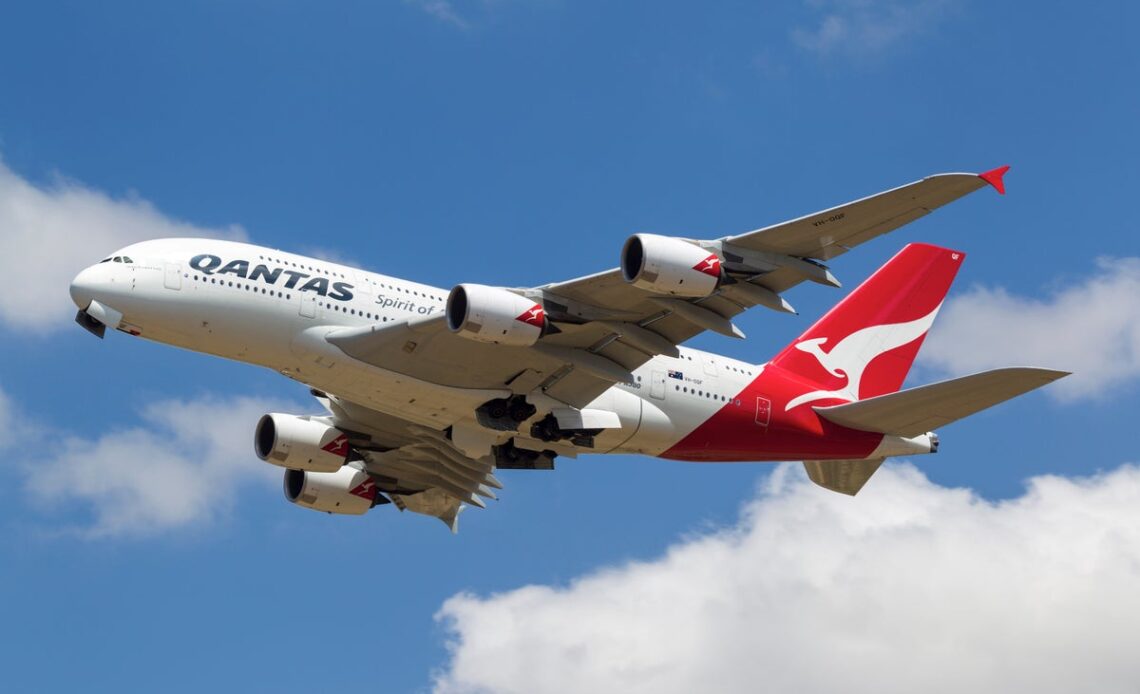A Qantas plane was struck by lightning while mid-air on Tuesday, forcing the pilot to make an emergency landing.
The domestic flight left Perth, Western Australia at 6.48am on 9 August and was due to arrive in Port Hedland on the north coast at 8.55am.
However, the pilot took the decision to make an emergency landing at Karratha Airport, 250km from Port Hedland, at 9.17am following the lightning strike.
Lightning strikes on planes are relatively uncommon. According to aviation website AerotimeHub, experts estimate that on average, lightning bolts hit aircraft once per year, or once per every 1,000 hours of flight time.
Strikes during ascent or descent are most common – often at an altitude of 5,000 to 15,000 feet (1,524 to 4,572 metres).
According to a 2012 Boeing report on the subject, “When commercial airplanes are struck by lightning, the result can range from no damage to serious damage that requires extensive repairs that can take the airplane out of service for an extended period of time.”
If a lightning bolt does strike a plane, it typically passes from one extremity – such as the nose or the wing of the plane – to another, such as the tail, before continuing on to the ground.
A Qantas spokesperson said the safety of the flight was not compromised at any point.
“Aircraft are designed to withstand and fly safely when struck by lightning, but it is policy that they get inspected at their arrival port after a strike,” the spokesperson said.
Following a two-hour delay, passengers from the flight were transferred to another plane from Karratha to Port Hedland, which arrived at 11.17am.
The incident comes just two days after another Qantas plane had to abort takeoff after frightened passengers saw one of its engines catch fire on the runway.
Passengers were removed from the plane, which was set to fly from Sydney to New Caledonia on Sunday (7 August).
The pilot was notified about the engine fire by Sydney Aiport’s air traffic control, after which he shut it down as a precaution.
The plane was escorted from the runway back to the terminal where passengers disembarked and engineers could examine the aircraft.
The plane has since been cleared to fly and the airline said there was no sign of fire when the engine was shut down.
“The pilots followed procedure and shut down the engine as a precaution after being alerted by the control tower while taxiing,” Qantas said.
“There was no warning light in the cockpit and no sign of fire when the engine was…
Click Here to Read the Full Original Article at The Independent Travel…
